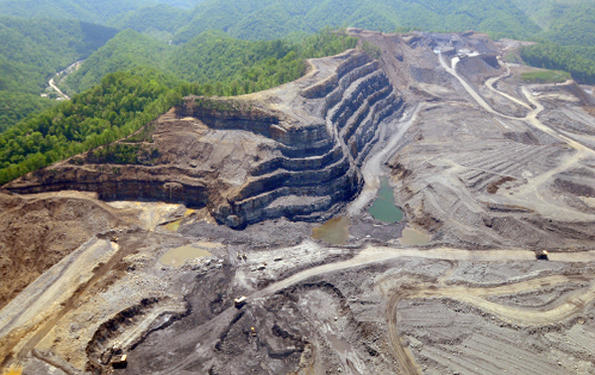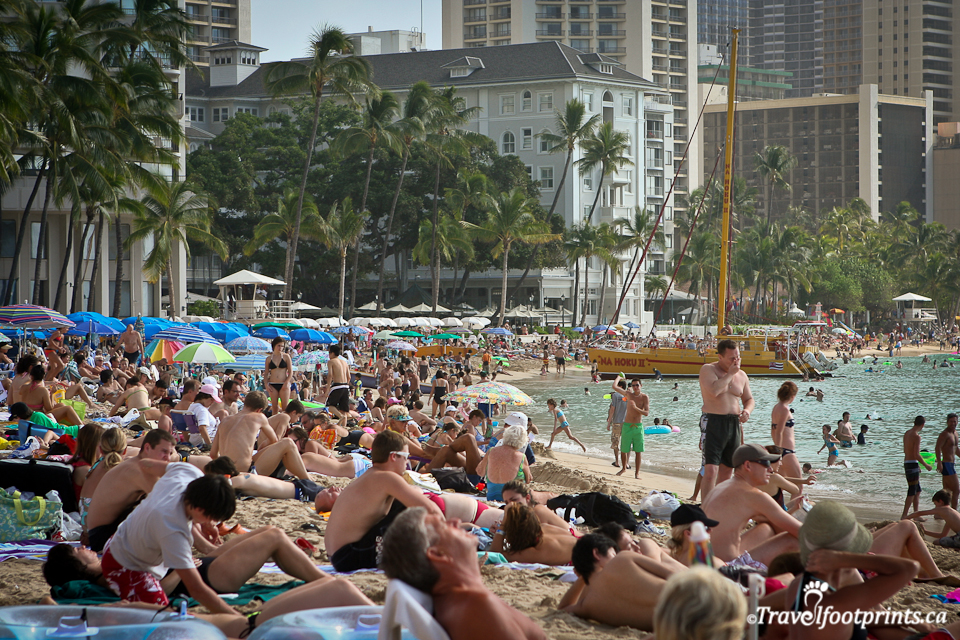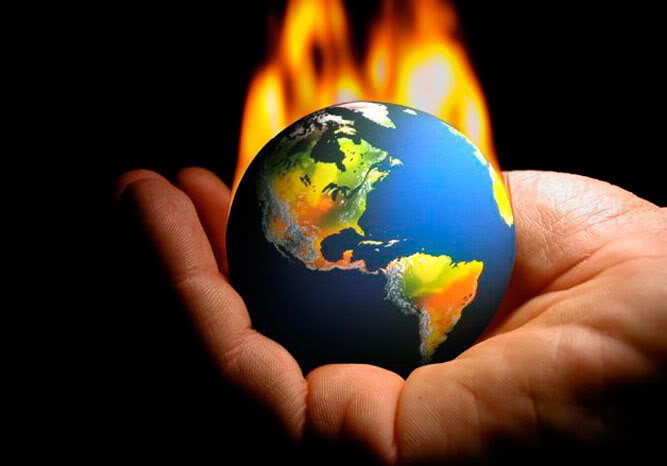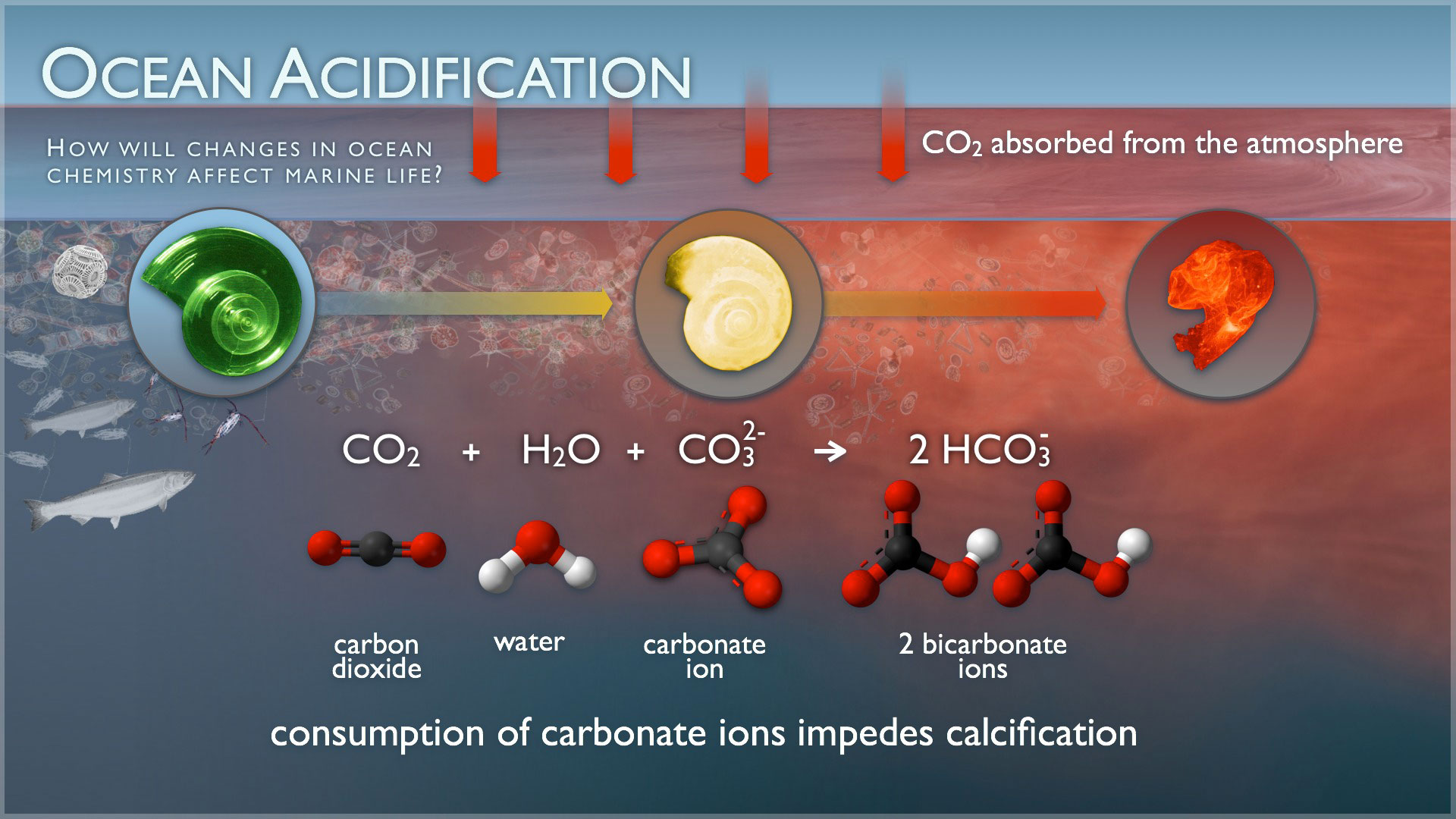Part A
Strip Mining

What is it? How is it done?
Strip mining is mining in an open pit after removal of overburden.It is done by removing the overburden of soil and rock overlying the mineral deposit. It is also known as open pit mining.
Pros:
-Strip mining is safer than shaft mining
-Strip mining is cheaper than shaft mining
-Strip mining is much faster
Cons:
-Destroys landscape
-Destroys the natural habitat
-Creates a large mess
-Affects the physical environment negatively more than shaft mining
Strip mining is mining in an open pit after removal of overburden.It is done by removing the overburden of soil and rock overlying the mineral deposit. It is also known as open pit mining.
Pros:
-Strip mining is safer than shaft mining
-Strip mining is cheaper than shaft mining
-Strip mining is much faster
Cons:
-Destroys landscape
-Destroys the natural habitat
-Creates a large mess
-Affects the physical environment negatively more than shaft mining
Shaft Mining

What is it? How is it done?
Shaft mining or shaft sinking refers to the method of and is also done by excavating a vertical or near-vertical tunnel from the top down, where there is initially no access to the bottom. Also known as underground mining.
Pros:
-It allows different types of minerals to be extracted from the deep underground
-Doesn't create a mess like strip mining
-Doesn't affect physical environments as much as strip mining
Cons:
-Very dangerous, and not safe
-Lots of fatalities, more than strip mining
-Is more expensive than strip mining
-Has a slower process than strip mining
Part B
Stakeholders:
1) Spouse of a miner: As a spouse of a miner, I would prefer strip mining because it is known to be safer than shaft mining and I would want my spouse to work in a safe environment.
2) Owner of a mining company: As the owner of a mining company, I would prefer strip mining since it is a cheaper and most efficient option for my company.
3) Environmentalist: As an environmentalist, I would prefer shaft mining due to the fact it does not damage the environment to the extent which strip mining does. Shaft mining doesn't destroy the physical environment, landscape, and the natural habitat as much as strip does.
4) Owner of a nearby ski resort: As an owner of a nearby ski resort, I would prefer shaft mining because it would cause less damage to the environment and surroundings. It wouldn't create a large mess like strip mining.
5) Politician: As a politician, I would prefer strip mining because it would be most efficient (faster process) and it would suit my budget as it is cheaper than shaft mining.
Part C
Hawaii has a mining industry which is very vital to the state's economy. It produces 16 % of the total U.S. nonfuel mineral production. It also ranked forty-sixth nationally in total nonfuel mineral production value in 2004. The value of nonfuel minerals was $71.2 million. Hawaii's combined direct and indirect economic output gain from the mining industry was $300 million. Crushed stone, sand,&gravel were the states leading nonfuel minerals which is what is mostly mined for. The most common mining in Hawaii is strip mining aka open pit mining.

Pros:
-It allows different types of minerals to be extracted from the deep underground
-Doesn't create a mess like strip mining
-Doesn't affect physical environments as much as strip mining
Cons:
-Very dangerous, and not safe
-Lots of fatalities, more than strip mining
-Is more expensive than strip mining
-Has a slower process than strip mining
Part B
Stakeholders:
1) Spouse of a miner: As a spouse of a miner, I would prefer strip mining because it is known to be safer than shaft mining and I would want my spouse to work in a safe environment.
2) Owner of a mining company: As the owner of a mining company, I would prefer strip mining since it is a cheaper and most efficient option for my company.
3) Environmentalist: As an environmentalist, I would prefer shaft mining due to the fact it does not damage the environment to the extent which strip mining does. Shaft mining doesn't destroy the physical environment, landscape, and the natural habitat as much as strip does.
4) Owner of a nearby ski resort: As an owner of a nearby ski resort, I would prefer shaft mining because it would cause less damage to the environment and surroundings. It wouldn't create a large mess like strip mining.
5) Politician: As a politician, I would prefer strip mining because it would be most efficient (faster process) and it would suit my budget as it is cheaper than shaft mining.
Part C
Hawaii has a mining industry which is very vital to the state's economy. It produces 16 % of the total U.S. nonfuel mineral production. It also ranked forty-sixth nationally in total nonfuel mineral production value in 2004. The value of nonfuel minerals was $71.2 million. Hawaii's combined direct and indirect economic output gain from the mining industry was $300 million. Crushed stone, sand,&gravel were the states leading nonfuel minerals which is what is mostly mined for. The most common mining in Hawaii is strip mining aka open pit mining.




















